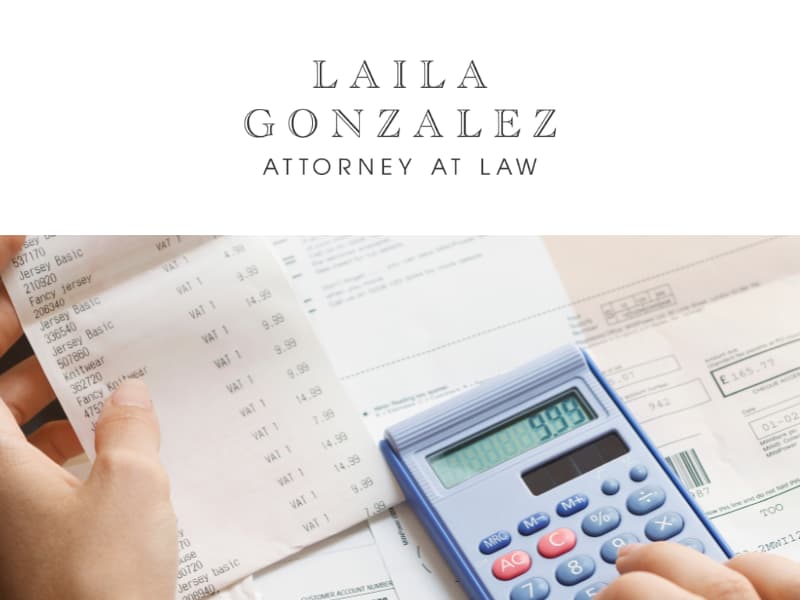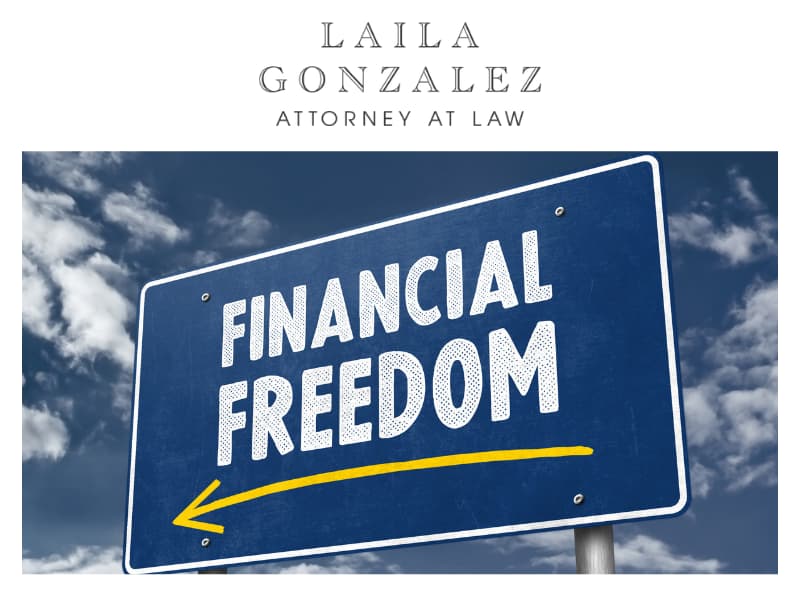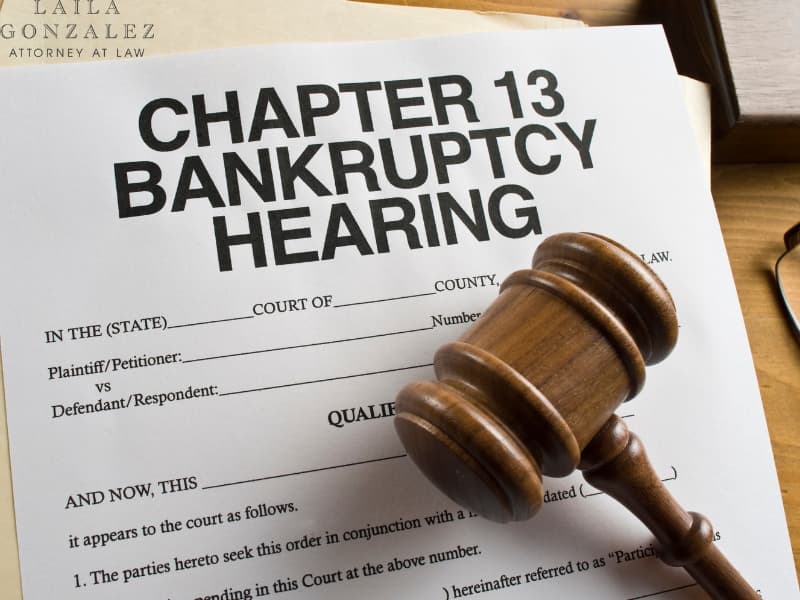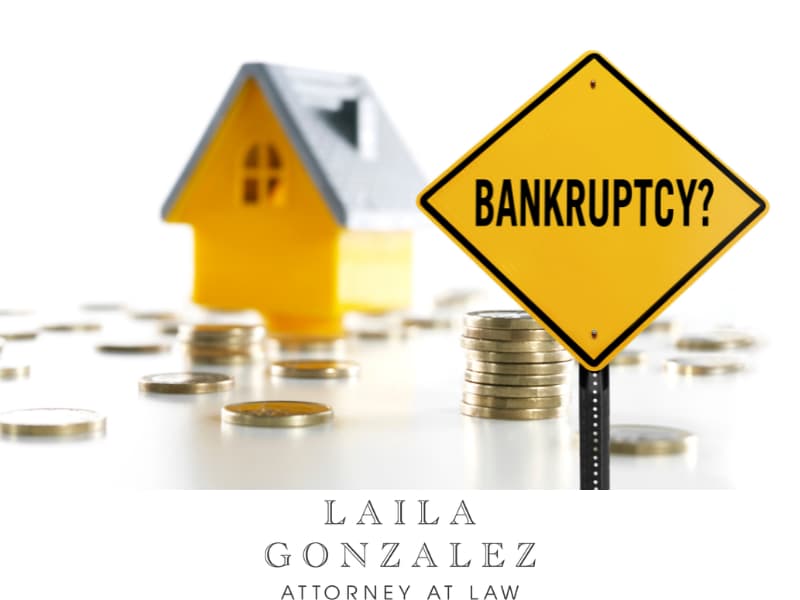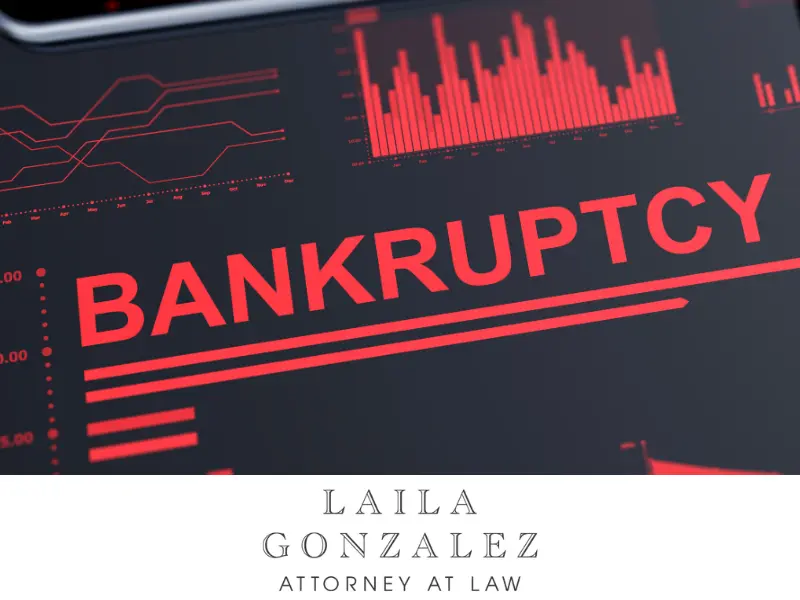Financial Stability & How to Tackle Fall Expenses
As the leaves change and the air turns crisp, fall brings with it a range of expenses that can strain your finances. From back-to-school shopping to preparing for the holiday season, it’s essential to plan ahead and manage your budget effectively. For those feeling overwhelmed by debt, understanding your options—especially concerning bankruptcy—can be a crucial step toward financial stability. At the Law Offices of Laila Gonzalez, we aim to guide you through both managing seasonal expenses and exploring potential debt relief solutions.
Understanding Fall Expenses
Financial Stability & How to Tackle Fall Expenses
Back-to-School Costs
As families gear up for a new school year, back-to-school expenses can quickly pile up. From uniforms and school supplies to extracurricular activities, these costs can add significant strain to your budget.
Holiday Preparations
The holiday season, while joyous, often comes with financial burdens. Gifts, decorations, and holiday meals can lead to overspending if not planned properly.
Home Maintenance
Fall is also a time when homeowners often invest in maintenance tasks, such as cleaning gutters, servicing heating systems, and preparing yards for winter. These expenses, while necessary, can be unexpected.
Tips for Managing Fall Expenses
Financial Stability & How to Tackle Fall Expenses
1. Create a Budget
The first step in tackling fall expenses is to create a budget. List all anticipated costs associated with back-to-school shopping, holiday preparations, and home maintenance. This will give you a clear picture of your financial obligations.
2. Prioritize Needs Over Wants
When budgeting, prioritize essential expenses. For example, school supplies and necessary home repairs should take precedence over luxury items or non-essential purchases.
3. Look for Discounts and Sales
Take advantage of seasonal sales, especially for back-to-school items. Many retailers offer significant discounts during this time, which can help you save money.
4. Plan for the Holidays Early
Consider making a holiday spending plan. Start saving early, and look for ways to cut costs, such as homemade gifts or potluck dinners.
5. Explore Financial Assistance Options
If you find yourself struggling to meet your financial obligations, consider options like financial counseling or debt relief programs. Consulting with a bankruptcy attorney can also provide insight into your options.
How Bankruptcy Can Help
Financial Stability & How to Tackle Fall Expenses
While budgeting and planning are essential, sometimes debt can feel insurmountable. Bankruptcy is a legal option designed to help individuals regain financial stability. There are two primary types of bankruptcy for individuals: Chapter 7 and Chapter 13.
Chapter 7 Bankruptcy
Chapter 7 bankruptcy allows individuals to discharge most unsecured debts, such as credit card debt and medical bills. It is typically a quicker process, often taking just a few months.
Chapter 13 Bankruptcy
Chapter 13 bankruptcy, on the other hand, involves creating a repayment plan to pay off debts over three to five years. This option is suitable for individuals who have a regular income and want to keep their assets while managing their debts.
Frequently Asked Questions (FAQ)
Financial Stability & How to Tackle Fall Expenses
1. What should I include in my fall budget?
Include all anticipated expenses such as back-to-school costs, holiday shopping, home maintenance, and any other seasonal expenses.
2. How can I save money during the fall?
Look for sales and discounts, prioritize essential purchases, and consider planning early for holiday expenses.
3. What is Chapter 7 bankruptcy?
Chapter 7 bankruptcy allows you to discharge most unsecured debts, providing a fresh start financially.
4. How long does the bankruptcy process take?
Chapter 7 bankruptcy typically takes about three to six months, while Chapter 13 can last three to five years due to the repayment plan.
5. Can I keep my home if I file for bankruptcy?
Yes, in many cases, you can keep your home, especially under Chapter 13 bankruptcy, where you can create a repayment plan to catch up on missed payments.
Conclusion
Financial Stability & How to Tackle Fall Expenses
As you navigate the financial challenges of fall, remember that careful planning and budgeting can make a significant difference. If you find that debt is overwhelming, exploring bankruptcy options with a skilled attorney can provide the relief you need. At the Law Offices of Laila Gonzalez, we are committed to helping you regain control of your financial future.
Financial Stability & How to Tackle Fall Expenses
Financial Stability & How to Tackle Fall Expenses
- U.S. Courts: Bankruptcy Basics
- National Endowment for Financial Education
- Consumer Financial Protection Bureau
- Investopedia: Understanding Bankruptcy
- Nolo: Types of Bankruptcy
- Credit Karma: Rebuilding Credit After Bankruptcy
- American Bankruptcy Institute
- Forbes: Budgeting Tips
- Experian: How Bankruptcy Affects Your Credit
- Better Money Habits: Creating a Budget
By following these steps and seeking professional guidance, you can navigate fall expenses with confidence and work toward a financially stable future. If you’re ready to take that step, contact us today for a free consultation.
Financial Stability & How to Tackle Fall Expenses

